Becoming a pup-parent: The 6 essential development deadlines in a puppy’s life
Posted Sep 25, 2019
Updated Apr 12, 2022
15 Minutes Read
Updated Apr 12, 2022
Read Time 15 Minutes


If you’re bringing home a puppy, it’s crucial to understand the 6 essential canine development deadlines in a puppy’s life to help ensure you have a well-behaved companion for life.

Puppyhood is a critical time and the success of your dog-human relationship is based on your teaching your puppy the rules and regulations of domestic living. Understanding this development period will have a profound and everlasting effect that will enrich your dog-human relationship for many years to come. An adult dog’s temperament and behaviour habits (both good and bad) are shaped during puppyhood – very early puppyhood.
Understanding these natural stages of learning and development will help ensure your pup has the best possible start to life and will help avoid many of the behavioural pitfalls that many dog-owners face.
The stages in a nutshell
Before you bring your puppy home
Stage 1: Educate yourself on dogs
Stage 2: Learn how to evaluate a puppy’s development
Stage 3: Learn how to house-train your puppy
After you bring your puppy home
Stage 4: Socialise your puppy with other people and dogs (by 12 weeks)
Stage 5: Learn bite inhibition (by 18 weeks)
Stage 6: Preventing adolescent problems (by 5 months)
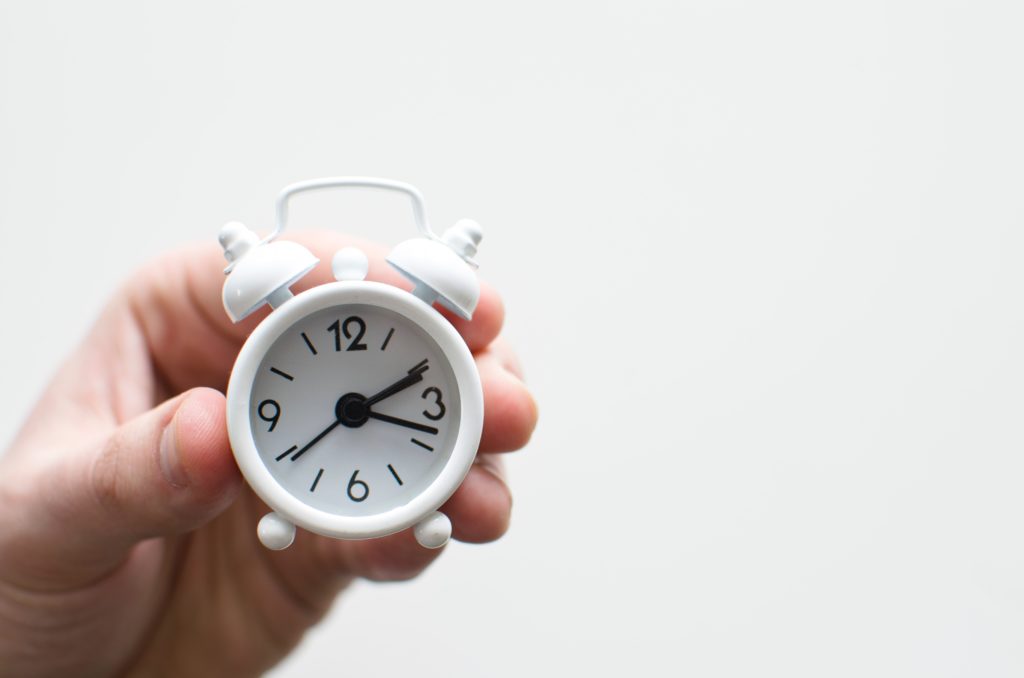
Your pup’s first month in your home is the most crucial developmental period of his life. This is a short, make-or-break period which pretty much determines whether your puppy will develop into a well-mannered and good-natured companion that will bring joy to your life for many years to come, or whether your puppy will develop numerous, predictable behaviour problems and grow up to be fearful and unfriendly.
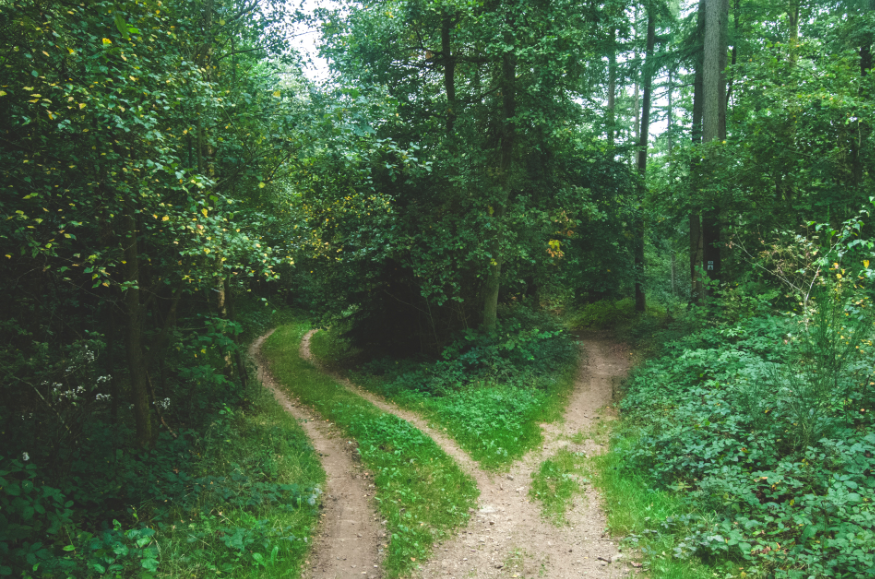
Before bringing home a puppy, understand that you will be faced with a crossroad with the course of your puppy’s development in your hands. The clock is ticking and there are only three months to get a lot of things done. Early socialisation and training will help to prevent the list of predictable behaviour and temperament problems.
Appropriate socialization and training are the biggest factors in determining how closely the dog will approach your view of perfection in adulthood. Any puppy can be a fantastic companion if properly trained and any puppy (regardless of breed and breeding) can also be difficult to live with if not properly trained and socialised. No matter which puppy you choose, success or failure is entirely in your hands and your puppy’s behaviour and temperament largely depends on good care and training.
Environmental influences (socialisation and training) exert a far greater impact on desired domestic behaviour and temperament than genetic heredity. For example, the temperamental differences between a good (educated) Malamute and a bad (uneducated) Malamute or between a good Golden Retriever and a bad Golden Retriever are much greater than the temperamental differences between a Golden and a Malamute with an equivalent experiential and educational history.
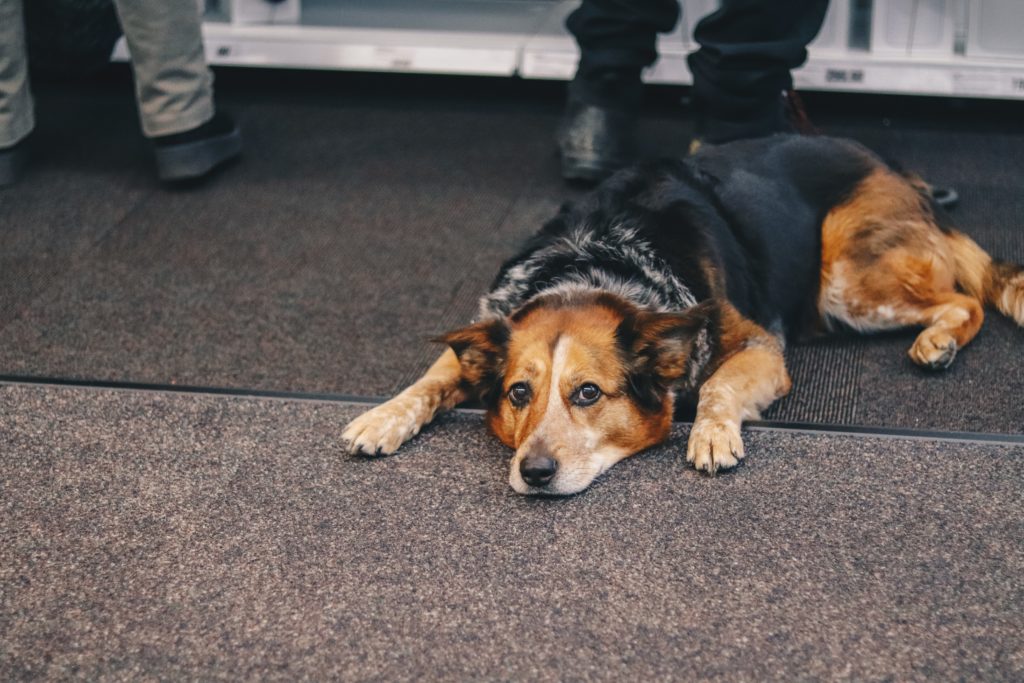
Misbehaviour can be one of the most prevalent reasons for re-homing dogs and for them being sent off to shelters. Minor house soiling and chewing mistakes sometimes leads to banishment to the backyard, where the dog may develop severe socialisation problems and learn bad habits.
Some of these predictable habits and problems can be prevented with responsible owner and puppy education.
Before you bring your puppy home
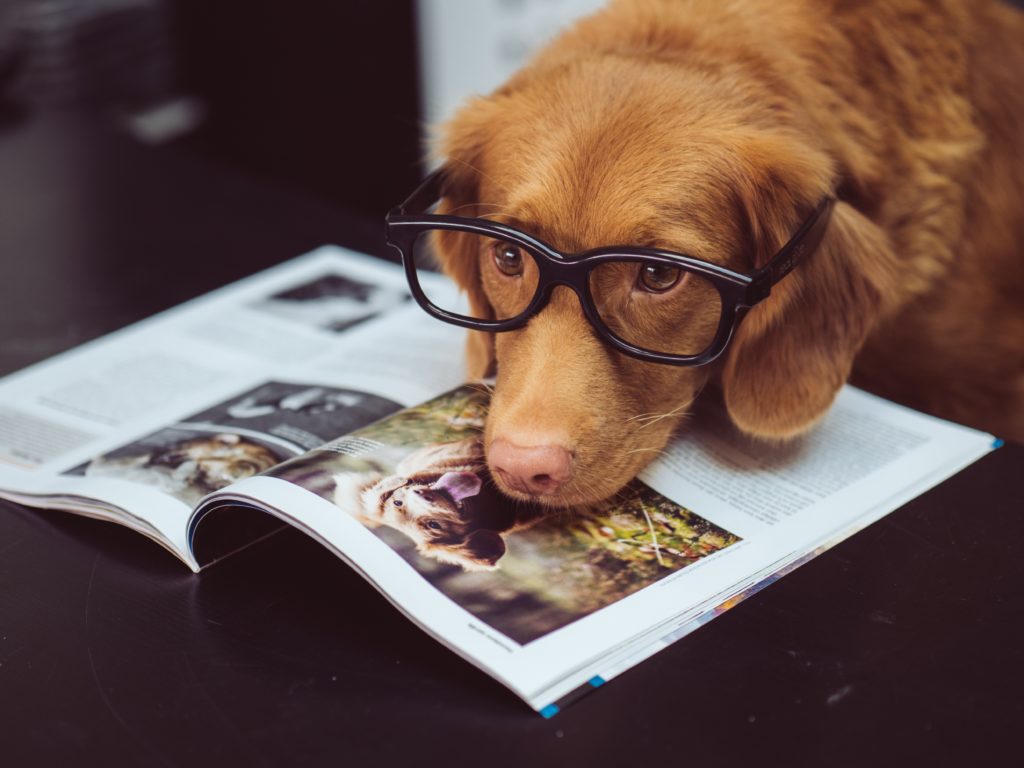
If you have decided that you would like to raise and train a puppy, before you go looking for puppies, you should complete your education about puppies. This includes understanding what puppies need and how they behave, deciding what kind of puppy you want and how to search for and select a suitable puppy.
Owners will need to learn how to teach the pup to go to the toilet, what to chew, when to bark, where to dog, to sit when greeting people, to walk calmly on the leash, to settle down and hush when requested, to inhibit his otherwise quite normal biting behaviour and to thoroughly enjoy the company of other dogs as well as people.
You’ll need to decide what breed you like, what breed matches your lifestyle, whether you want a pure-breed or mix-breed, when and where to get your puppy as well as whether you’d like to get a puppy or adopt an adult dog.
Remember, you are selecting a puppy to live with you for a long time. Choosing a puppy to share your life is a very personal choice – your choice. You will save yourself lots of unnecessary problems and heartbreak if your choice is informed and educated.
Ask yourself the following questions:
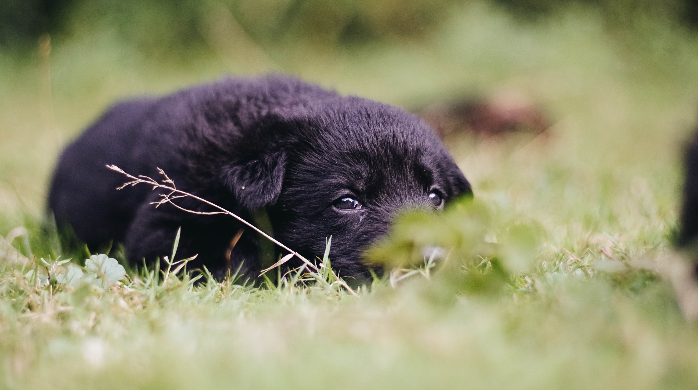
Evaluate the following:
You are choosing a pup to come and live in your home with you and adapt to your lifestyle so make sure the pup has been prepared as best they can for domestic life in general and suitable for your lifestyle.
Have a toilet training and chew toy training program ready to be implemented from the very first day your puppy comes home. Your puppy wants to please but needs to learn how. You will need to be the person who teaches the puppy the rules around the house. You can start by teaching your pup good habits from the first day she comes home. Good habits are just as hard to break as bad habits.
Your puppy will feel the need to bark, chew and eliminate during the day so they must be left somewhere where they can satisfy their needs without causing any damage or annoyance. House-soiling is a spatial problem and involves normal, natural and necessary canine behaviours (peeing and pooping) performed in inappropriate places.
Simple behaviour problems are so easily preventable, yet they are one of the most common reasons for people’s dissatisfaction with their dogs a. Teaching household manners should be your number one priority the first day your puppy comes home.
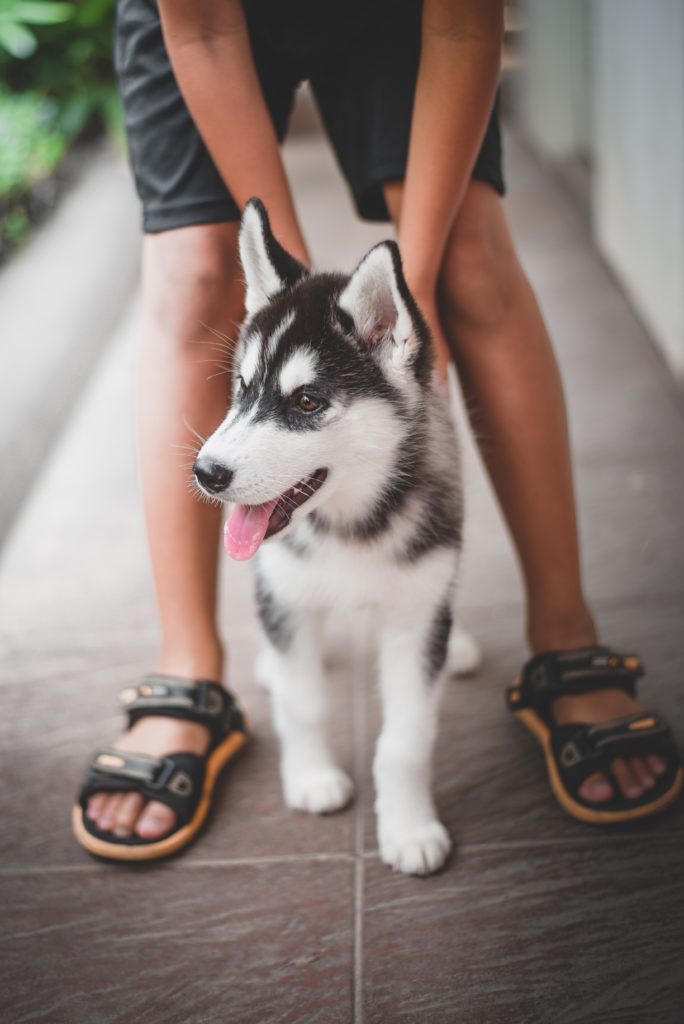
Toilet training can be accomplished by praising your puppy and offering treats when they go to the toilet in an appropriate area. Usually puppies urinate within half a minute of waking up from a nap and usually defecate within a couple of minutes of that.
Puppies have a 45-minute bladder capacity at three weeks of age, 75-minute capacity at eight weeks, 90-minute capacity at twelve weeks and two-hour capacity at 18 weeks. Releasing your puppy every hour offers you an hourly opportunity to reward your dog for using a designated toilet area. You do not have to do this precisely each hour, but it is much easier to remember to do so each hour on the hour.
Short-term confinement as a method of toilet training offers a convenient means to accurately predict when your puppy needs to relieve herself. Confining a pup to a small area strongly inhibits her from urinating or defecating, since she doesn’t want to soil her sleeping area. Hence, the puppy is highly likely to want to eliminate immediately after being released from confinement.
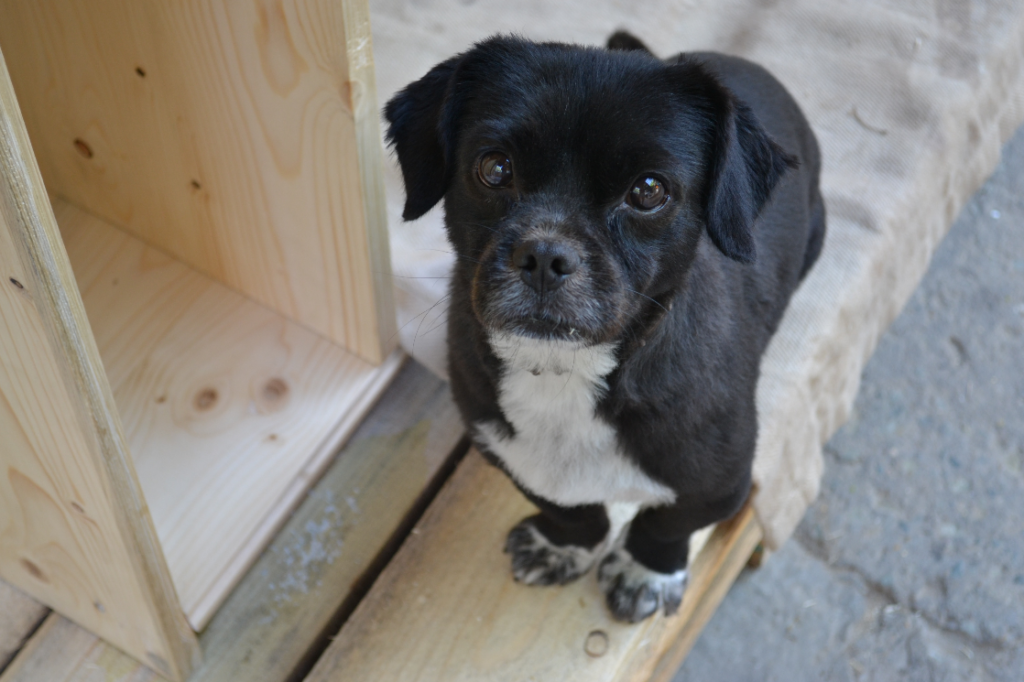
Short-term confinement, whether to a crate or tie-down, is a temporary training measure to help you teach your puppy where to eliminate and what to chew. A dog crate is the best housetraining tool to help you accurately predict when your dog wishes to relieve herself and is the best training tool to help you to teach your puppy to become a chewtoyaholic. Once your puppy has learned to eliminate only in appropriate areas and to chew only appropriate objects, she may be given free run of the house and garden for the rest of her life.
Short-term close confinement allows you to predict when your puppy wants to go so that you may be there to direct him to the appropriate spot and reward him for doing the right thing in the right place at the right time. During the hour-long periods of close confinement, as your puppy lies doggo in dreamy repose, his bladder and bowels are slowly but surely filling up. Whenever the big hand reaches twelve and you dutifully release the pup to run to his indoor toilet or backyard doggy toilet to relieve himself, your puppy is likely to eliminate pronto. Knowing when your puppy wants to go allows you to choose the spot and most importantly to reward your puppy handsomely for using it. Rewarding your puppy for using his toilet is the secret to successful toilet training. If on the other hand the puppy were left in his playroom, he would most likely use his indoor toilet but would not be rewarded for doing so.
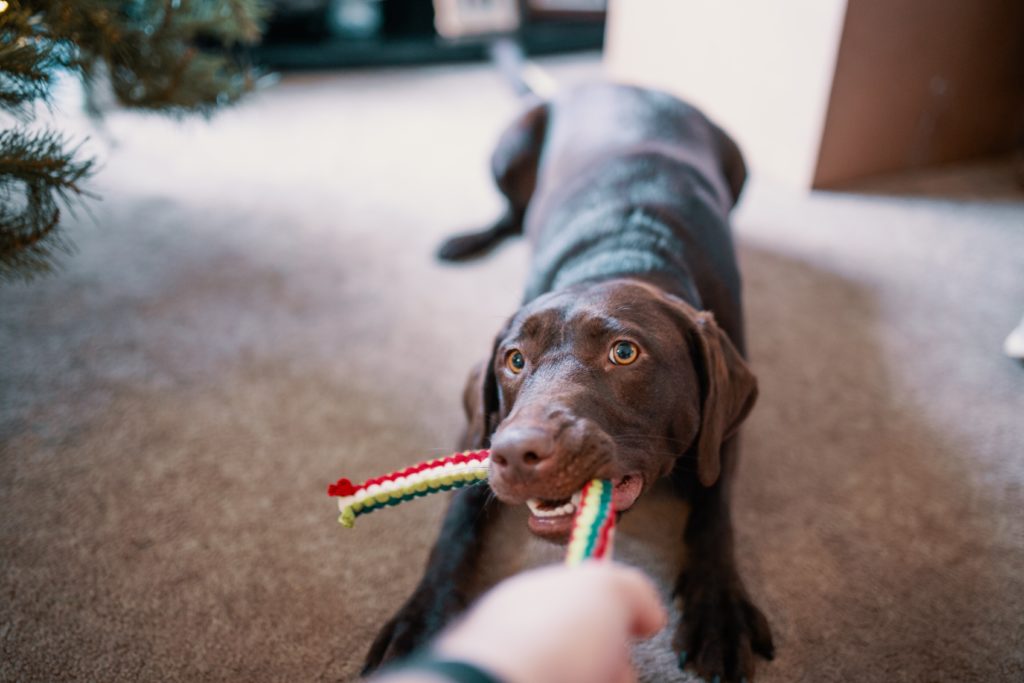
Sadly, the maddening pace of present-day domestic dogdom necessitates teaching your puppy how to enjoy spending time at home alone—not only to ensure your pup adheres to established household etiquette when unsupervised, but more importantly to prevent your puppy from becoming anxious in your absence.
A chew toy is an object for the dog to chew that is neither destructible nor consumable. If your dog destroys an object, you will have to replace it, and that costs money. If your dog consumes the object, you may have to replace your dog. Eating non-food items is extremely hazardous to your dog’s health.
In the wild, dogs spend a good 90% of their waking hours searching for food and the regular bowl feeding deprives them of this principal activity – searching for food.
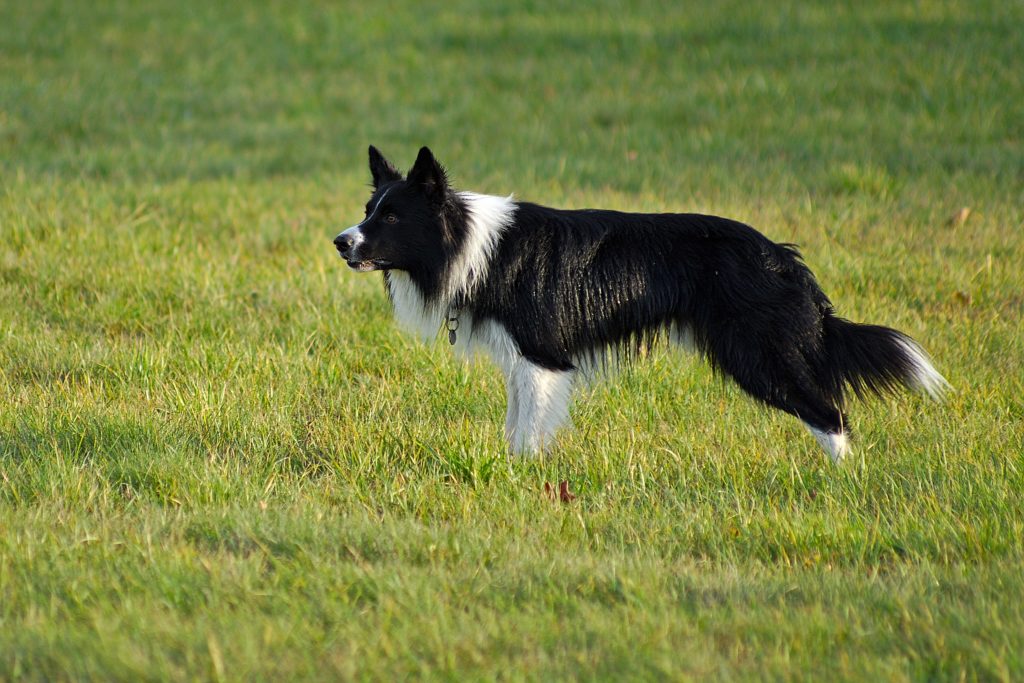
In a sense, each bowl-fed meal steals the puppy’s raison d’etre, its very reason for being. Within seconds of gulping his meal, the poor pup now faces a mental void for the rest of his day with nothing but long, lonely hours to worry and fret, or work himself into a frenzy.
As the puppy adapts to fill the void, normal behaviours such as chewing, barking, strolling, grooming, and playing become stereotypical, repetitive, and maladaptive. Specific behaviours increase in frequency until they no longer serve any useful function except to pass the time.
Stereotyped behaviours cause the release of endorphins, perpetuating their repetition, and in a sense, the dog becomes drugged and hooked on mindless, repetitive activity. Stereotyped behaviours are like behavioural cancers; as they progressively increase in frequency and squeeze most useful and adaptive responses from the dog’s behaviour repertoire until eventually the “brain-dead” dog spends hours on end barking, pacing, chewing himself, or simply staring into space.
A vital facet of your puppy’s early education is to teach him how to peacefully pass the time of day. Feeding your puppy’s kibble only from hollow chew toys—Kong’s, Biscuit Balls, and sterilized bones—keeps your puppy happily occupied and content for hours on end. It allows the puppy to focus on an enjoyable activity so that he doesn’t dwell on his loneliness.
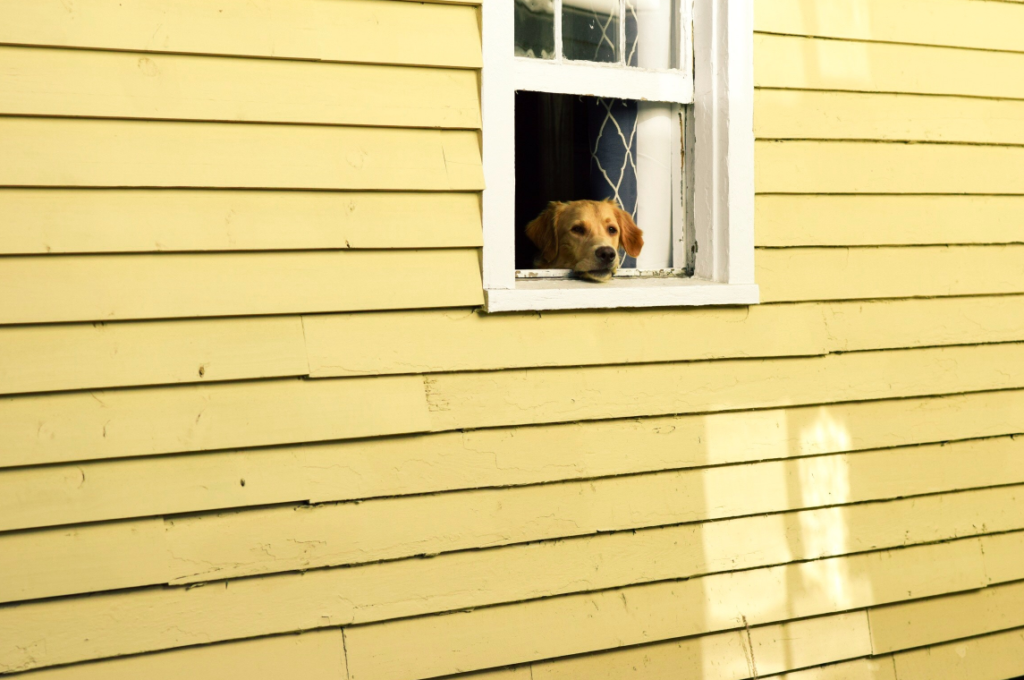
Each piece of extracted kibble also rewards your puppy for settling down calmly, for chewing an appropriate chew toy, and for not barking.
Teaching your dog to enjoy his own company while you are gone
Teach your puppy how to settle down calmly and quietly when you are absent by teaching him how to settle down with chew toy at time when you are present. Right from the outset, make frequent quiet moments part of the puppy’s daily routine.
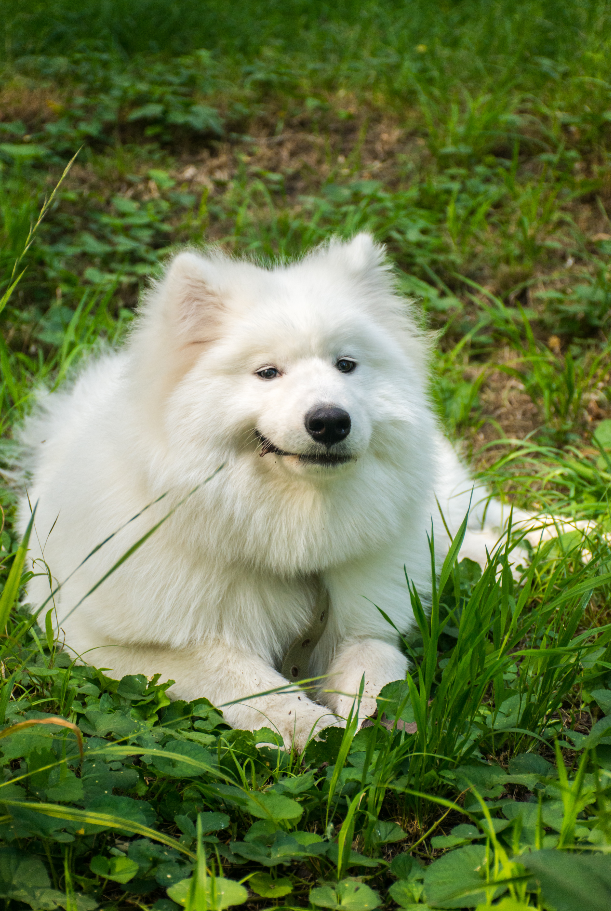
When playing with your pup, have him settle down for frequent short interludes every one or two minutes. Initially, have the pup lie still for a few seconds before letting him play again. After a minute, interrupt the play session once more with a three-second settle-down. Then try for four seconds, then five, eight, ten, and so on.
Although being yo-yoed between the commands “Settle down” and “Let’s play” is difficult at first, the puppy soon learns to settle down quickly and happily. Your puppy will learn that being asked to settle down is not the end of the world, nor is it necessarily the end of the play session, but instead that “settle down” signals a short timeout and reward break before he is allowed to resume playing. If you teach your puppy to be calm and controlled when told, you will have years of fun and excitement ahead.
Once your puppy has learned to settle down and shush on cue, there is so much more your dog can enjoy with you as this well trained dog will be invited to many adventures like trips in the car, picnics, visits to the pub and dog-friendly activities.
On the other hand, if you allow your puppy to run amok when he is a puppy, there is no doubt that he will want to run amok when he is an adult. Try your best to teach your puppy to enjoy his own company, to develop self-confidence, and to stand on his own four paws.
When you are at home (short-term confinement)
It is important to supervise your puppy. When the two of you are not play-training, confine your pup for an hour at a time to her doggy den (short-term confinement area), such as a portable dog crate.
The purpose of short-term confinement is threefold:
When you’re not at home (long-term confinement)
An example of long-term confinement is containing your puppy in a small puppy playroom like the kitchen, bathroom, utility room, or section of the room cordoned off by an exercise pen. Include a comfortable bed, a bowl of clean fresh water, plenty of hollow chew toys (Kong products and sterilized bones stuffed with dog food), and a doggy toilet in the farthest corner from her bed.
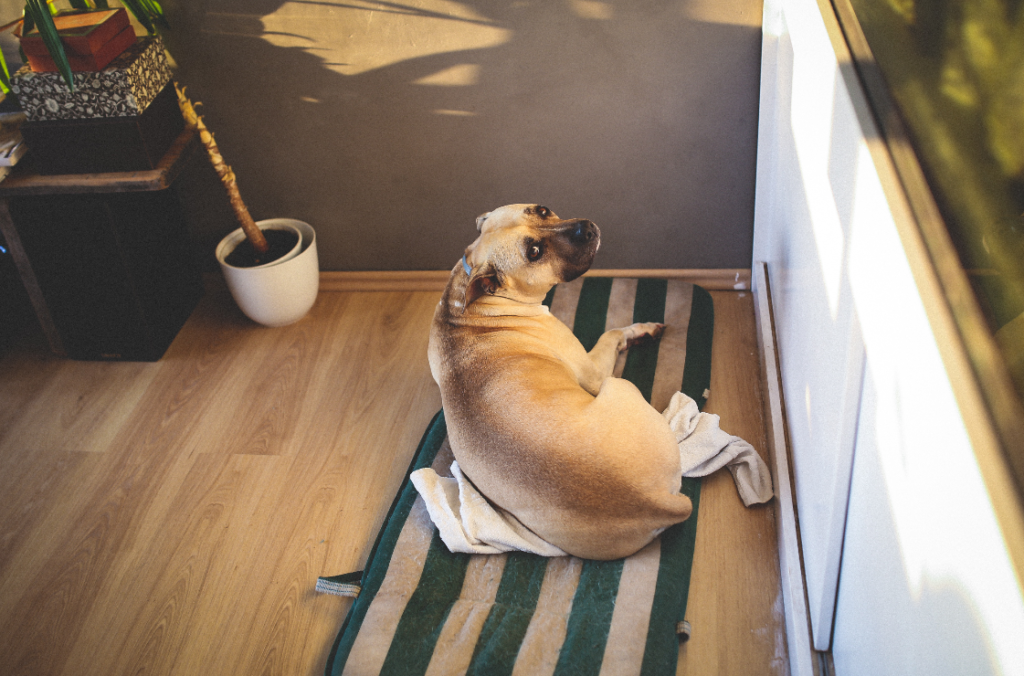
The purpose of a long-term confinement area is twofold:
Housetraining recap
When you are away from home, keep your puppy confined to her puppy playroom, where she has a suitable doggy toilet.
Otherwise, when you are at home:
After you bring your puppy home
A dog’s temperament, especially his feelings toward people and other dogs, is primarily the result of his level of socialisation during puppyhood—the most important time in a dog’s life.
Your puppy should be socialised with people before he is twelve weeks old. As a rule of thumb your puppy needs to meet at least one hundred different people during his first month at home. To capitalize on the time your pup needs to be confined indoors, you can invite people over.
Puppies that enjoy the company of people grow up into adult dogs that enjoy the company of people. And dogs that enjoy the company of people are less likely to be frightened or bite.
Many puppy training techniques focus on teaching your puppy to enjoy the company and actions of people. Well-socialised dogs are confident and friendly, rather than fearful and aggressive. For under socialised dogs, life is unbearably stressful.
Socialising your puppy to enjoy people is vital—second only in importance to your pup learning to inhibit the force of his bite and develop a soft mouth. Socialisation must never end. Remember, your adolescent dog will begin to de-socialise unless he continues to meet unfamiliar people every day. Walk your dog or expand your own social life at home if this becomes the case.
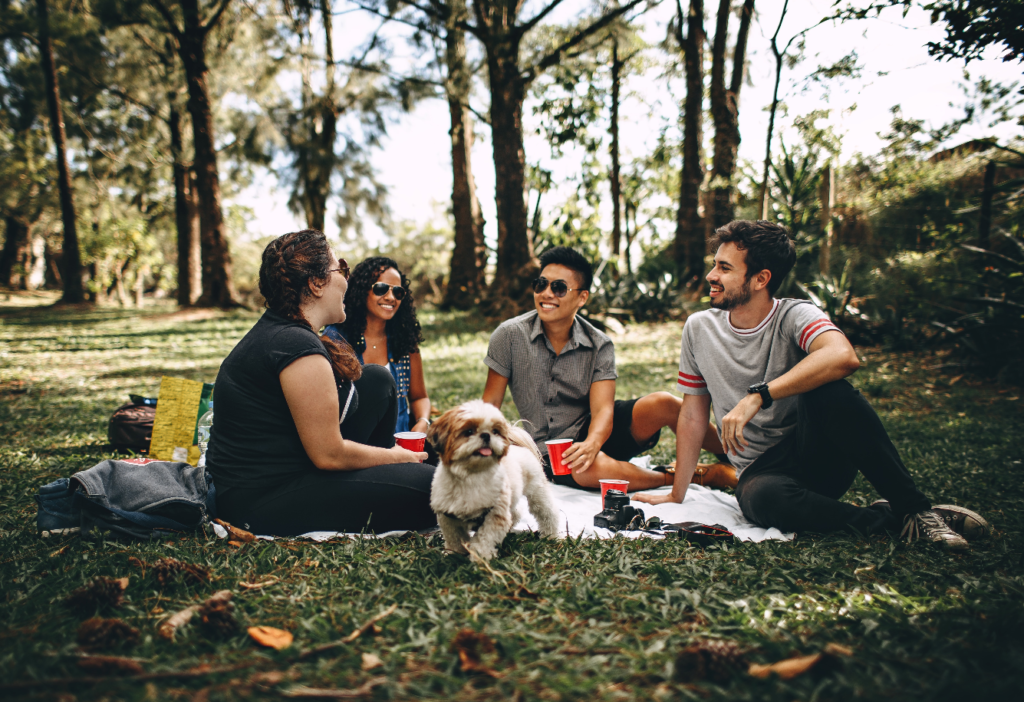
There are 3 goals of socialisation:
Goal 1: Teach your puppy to enjoy the presence, actions, and antics of all people—first the family, and then friends and then strangers, especially children and men. Adult dogs tend to feel most uneasy around children and men, especially little boys. A dog’s antipathy toward children and men is more likely to develop if the puppy grows up with few or none around, and if the puppy’s social contacts with children and men have been unpleasant or scary.
Goal 2: Teach your puppy to enjoy being hugged and handled (restrained and examined) by people, especially by children, veterinarians, and groomers. Specifically, teach your puppy to enjoy being touched and handled in a variety of “hot spots,” namely, around his collar, muzzle, ears, paws, tail, and rear end.
Goal 3: Teach your puppy to enjoy giving up valued objects when requested, especially her food bowl, bones, balls, chew toys, garbage, and paper tissues.
Bite inhibition is the single most important quality a dog must learn. The narrow time window for developing a “soft mouth” begins to close at four and a half months of age.
Puppy biting is a normal, natural and necessary puppy behaviour. Puppy play-biting is the means by which dogs develop bite inhibition and a soft mouth. The developing puppy should learn that his bites can hurt long before he develops jaws strong enough to inflict injury. A puppy must learn his limits and can only learn his limits by exceeding them during development and receiving the appropriate feedback.
The greater the pup’s opportunity to play bite with people, other dogs and other animals, the better his bite inhibition will be as an adult.
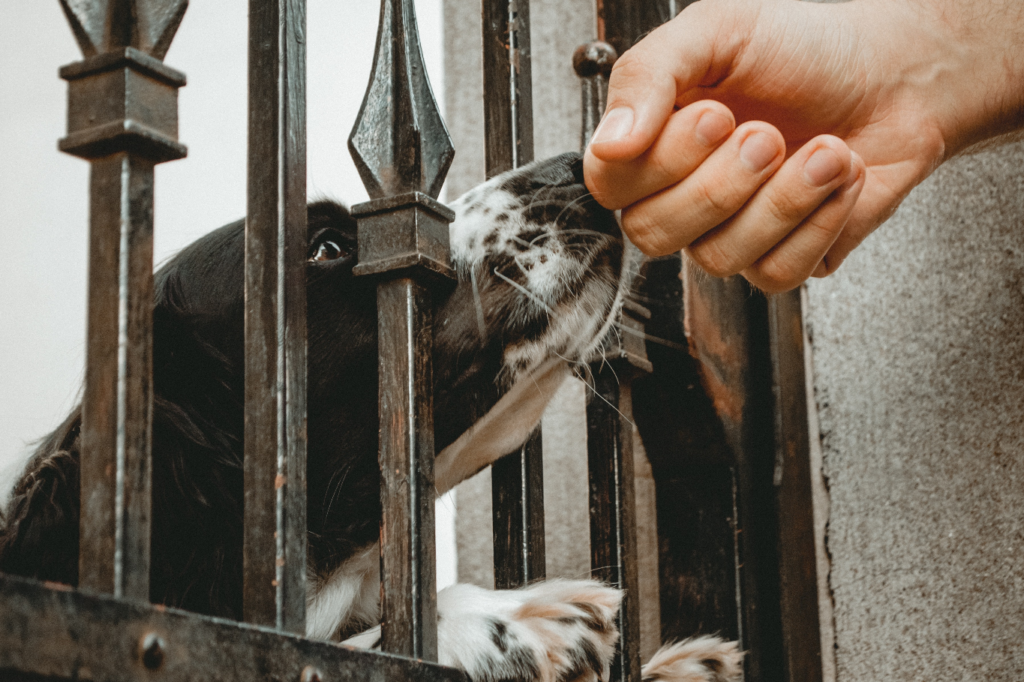
Good bite inhibition does not mean that your dog will never snap, lunge, nip, or bite. Good bite inhibition means that should the dog snap and lunge, his teeth will seldom make skin contact, and should the dog’s teeth ever make skin contact, the inhibited “bite” will cause little, if any, damage.
Bite inhibition is of crucial importance, by far the single most important quality of any dog, or any animal. Living with a dog that does not have reliable bite inhibition is unpleasant and dangerous. Bite inhibition must be acquired during puppyhood.
Bite inhibition training comprises first teaching the puppy to progressively inhibit the force of his bites until painful puppy play-biting is toned down and transformed into gentle puppy mouthing, and then, and only then, teaching him to progressively inhibit the incidence of his mouthing. Thus, the puppy learns that mouthing is by and large inappropriate and that any pressured bite is unacceptable.
Teaching bite inhibition
The first step is to stop your puppy from hurting people: to teach him to inhibit the force of his play-bites. It is not necessary to reprimand the pup, and certainly physical punishments are not called for. But it is essential to let your puppy know that bites can hurt. A simple “Ouch!” is usually enough. When the puppy backs off, take a short time out to “lick your wounds,” instruct your pup to come, sit, and lie down to apologise and make up. Then resume playing.
If your puppy does not respond to your yelp by easing up or backing off, an effective technique is to call the puppy a “Bully!” and then leave the room and shut the door. Allow the pup a minute or two time-outs to reflect on the association between his painful bite and the immediate departure of his favourite human playmate. Then return to make up.
It is important to show that you still love your puppy, only that his painful bites are objectionable. Have your pup come and sit and then resume playing once more. It is much better for you to walk away from the pup than to physically restrain him or remove him to his confinement area at a time when he is biting too hard. So, make a habit of playing with your puppy in his long-term confinement area.
This technique is remarkably effective as it is precisely the way puppies learn to inhibit the force of their bites when playing with each other. If one puppy bites another too hard, the bite yelps and playing is postponed while he licks his wounds. The biter soon learns that hard bites interrupt an otherwise enjoyable play session. He learns to bite more softly once play resumes.

Development stage 6: Preventing adolescent problems (by 5 months of age)
Behaviour is always changing, sometimes for the better, sometimes for the worse. Things will continue to improve if you continue working with your adolescent dog, but they will get worse if you don’t. Both behaviour and temperament will tend to stabilise, for better or worse, as your dog matures around his second birthday for small dogs or third birthday for large dogs. Even when your dog reaches maturity, you should always be on the alert for the emergence of unwanted behaviours or traits, which you must quickly nip in the bud before they become hard-to-break habits.
To ensure that your well-schooled puppy remains well socialised and friendly towards people, during adolescence and adulthood, he needs to meet different and unfamiliar people (especially children) every day.
Socialisation often heads downhill during adolescence, sometimes surprisingly precipitously. As they get older, dogs have fewer opportunities to meet unfamiliar people and dogs. Puppy classes and parties are often a thing of the past and most owners have established a set routine by the time their dog is five or six months old. At home, the dog interacts with the same familiar friends and family, and is walked, if at all, on the same route to the same dog park, where they encounter the same old people and the same old dogs. Consequently, many adolescent dogs become progressively de-socialised toward unfamiliar people and dogs until eventually they become intolerant of all but a small inner circle of friends.
Remember, your dog will only remain sociable if he continues meeting and greeting unfamiliar people and unfamiliar dogs every day. Meeting the same people and dogs over and over is not enough. You want your dog to practice the art of meeting and getting along with strangers, not simply getting along with old friends.
As soon as it safe for your puppy to go out, take him on walks – lots of them. There is no better overall socialisation exercise and no better overall training exercise. Dog walks are also good for your health, heart and soul. The secret to a well-socialised adult dog is at least one walk a day and a couple of trips a week to the dog park. Try to find different walking routes and different dog parks so that your dog can meet a variety of dogs and people.
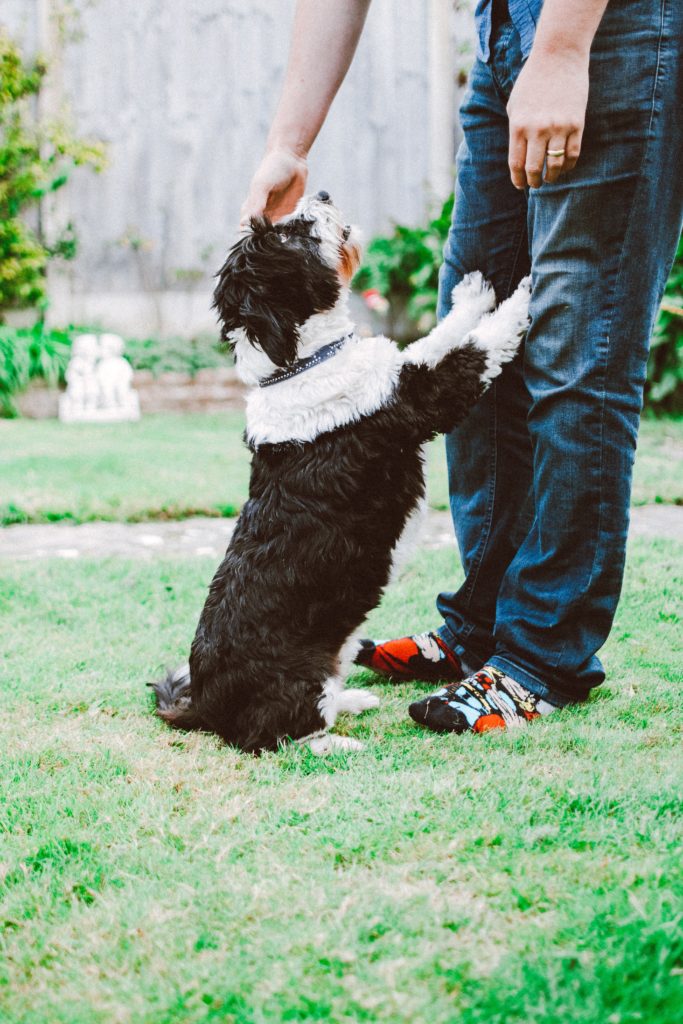
Before taking out a pet insurance policy, your pet Bella has a case of Gastroenteritis (a tummy upset). The condition is treated and Bella recovers. Following the surprise episode, you decide to purchase a pet insurance policy for Bella to help with future, unexpected Vet visits.
Suite 58, Mezzanine/388 George St, Sydney NSW 2000
Petsy Pty Ltd (ABN 54 633 343 058, AR 1277359) (‘Petsy’) distributes and promotes Petsy Pet Protection Plus (formally Petsy Pet Insurance), Petsy Puppy Protection Plus and Petsy Kitten Protection Plus as an authorised representative of Knose Financial Services Pty Ltd (ABN 38 620 795 735, AFSL 536651) trading as ThePetInsuranceCompany.com.au (‘ThePetInsuranceCompany.com.au’). ThePetInsuranceCompany.com.au is an underwriting agency acting under a binding authority as an agent for the insurer; Pacific International Insurance Pty Limited (ABN 83 169 311 193) (‘Pacific) in relation to Petsy Puppy Protection Plus and Petsy Kitten Protection Plus policies and Petsy Pet Protection Plus policies from 01 March 2023 or have an anniversary renewal date from 18 March 2023, and the Australia branch of Allied World Assurance Company, Ltd (ABN 54 163 304 907) (‘Allied World’) in relation to Petsy Pet Insurance policies purchased between 17 February 2022 and 28 February 2023 (inclusive) or renewed between 01 March 2023 and 17 March 2023 (inclusive). In all aspects of arranging this product, Petsy and ThePetInsuranceCompany.com.au act as an agent of Pacific/Allied World (as the case may be) and not as your agent. Any advice contained in this email is general advice only and has been prepared without taking into account individual objectives, financial situation or needs and you should consider the appropriateness of any such advice, the Product Disclosure Statement (‘PDS’) and the Target Market Determination (‘TMD’) available via http://www.petsy.com.au or by calling 1300 952 790 before making a decision to acquire, or to continue to hold, the product. Terms, conditions, limits and exclusions apply. Please refer to the PDS.
© Copyright 2024 Petsy Pet Insurance
During the application process You will be provided with the option to include Optional Extra Benefits that cover certain conditions and Treatments which are not otherwise covered under the Policy.
The Optional Extra Benefits are:
Alternative Therapies, Behavioural Problems, and Dental Illness.
Examples of Alternative Therapies: Acupuncture, physiotherapy, hydrotherapy
Examples of Behavioural Problems: Excessive licking, fur pulling, pacing and destructive
chewing.
Examples of Dental Illnesses: Dental diseases, gingivitis, periodontal disease.